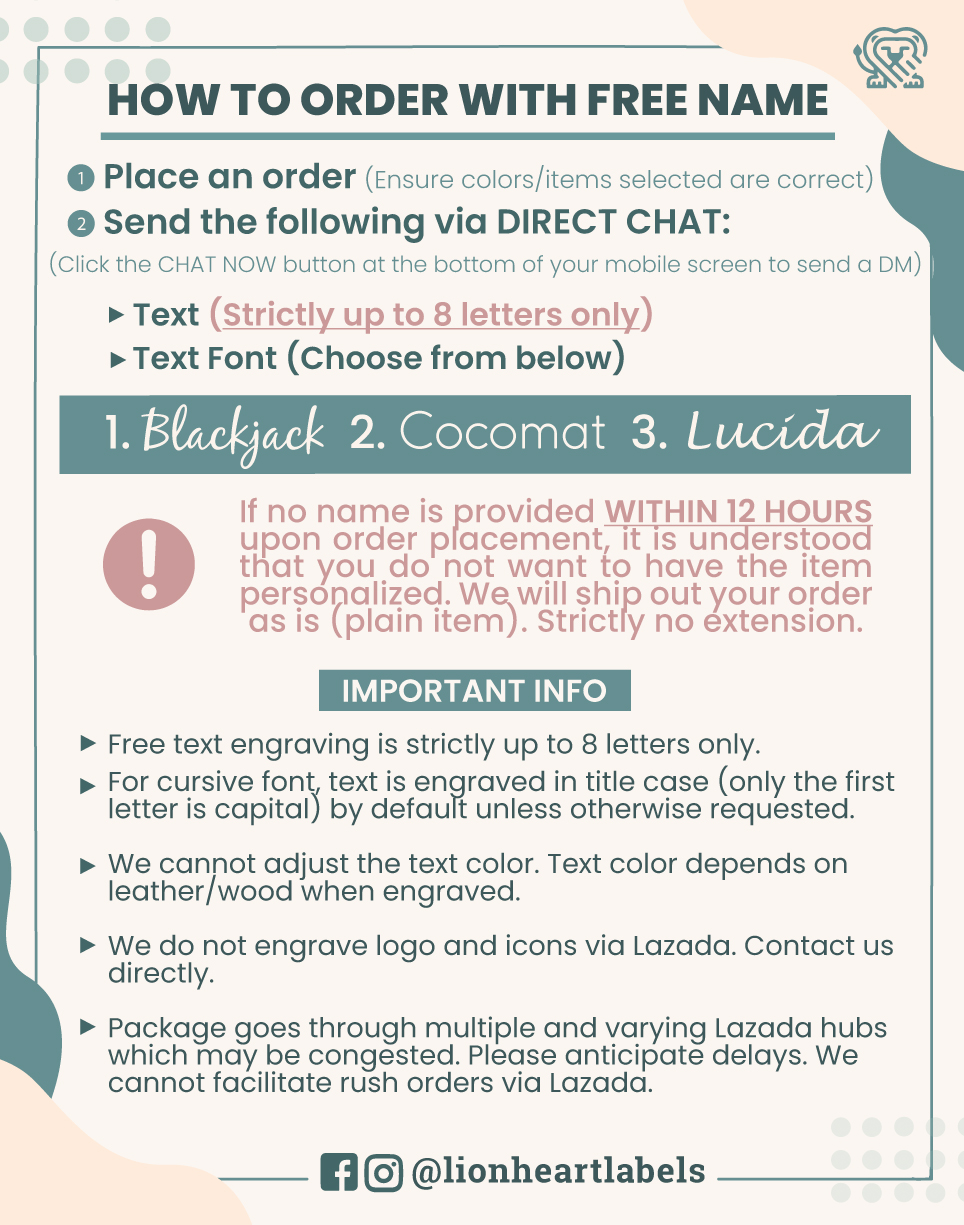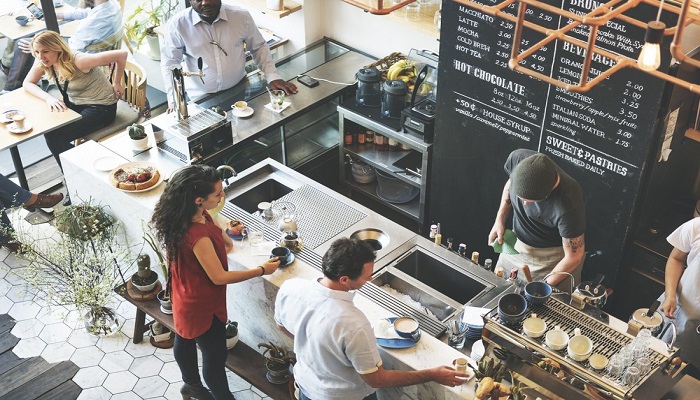

It’s common knowledge that many restaurants enable customers to make a reservation ahead of time. And when they’re not focused on the queue they don’t mind waiting to sit down to eat. So long as patrons are entertained they won’t focus on the queue. Or, why not distract customers by letting them order drinks while they wait? Drinks boost customer’s moods by drawing them into the dining experience before being seated.Ī happy customer is a satisfied customer. Live music, or at the very least speakers.Other means of entertaining customers include:

But TVs are not the only means of distraction. Sports bars prominently display so many HDTVs that any angle will feature a screen broadcasting a match. Restaurants with bars exemplify this queueing theory restaurant example. Fostering that positive experience begins with the queue.ĭigital signage, also known as HDTVs, provides the most noticeable means to distract customers. When people are distracted - when they have something to do - their minds don’t wander to the queue.Īfter all, 86% of customers are likely to spend more money if they have a positive experience. No business should ever leave their customers high and dry. That’s a quick way to scare customers out the door. The worst queueing theory restaurant example is a scenario in which a restaurant tells their customers the wait will only be 15 minutes when the staff knows the wait will be at least 45 minutes.
#Handle a restaurant rush how to#
Sincerity goes a long way in building loyalty and catering to an atmosphere that knows how to reduce waiting time in restaurants. Restaurants need to be honest with customers as to how long they’ll be waiting. A long waiting time can leave customers with a negative impression, even if the food was delicious. In fact, studies have shown that uncertainty sours the whole meal. But waiting in ignorance makes us feel like we have no control over our lives. 15 minutes doesn’t seem so bad when customers know it’s only 15 minutes.

It’s the unknown that drives people crazy. What they don’t know is how long they’ll be waiting. Be HonestĬustomers know they have to wait when restaurants are busy. These soon-to-be paying patrons are just as valuable as customers who have just signed on the dotted line. But, just because waiting is a typical part of eating out, doesn’t mean impatient customers can be ignored. Waiting rooms are a typical element of eating at a restaurant. If restaurants want to foster a customer experience that keeps customers coming back for more food, they have to learn how to reduce customer waiting time. This inclines additional customers to eat at your restaurant, effectively proving the power of word-of-mouth advertising!

Plus, happy customers want to share their positive experiences with friends and family - and even complete strangers, thanks to social media. That means a restaurant that builds a loyal customer base is likely to be more successful than a restaurant that needs to constantly attract new customers. It costs 4 to 10 times more to acquire new customers than it does to retain existing ones. While quarterly profit is typically seen as a measure of success, customer satisfaction holds equal weight. Negative experiences mean negative reviews are posted online.Ī lost customer will probably never return. How exactly? Well, some ways are more obvious than others:Ĭustomers become fed up with waiting and leave the restaurant for a competitor. But, long queues, over a long period of time, ultimately hurt business. If there’s a line out the door then they must be doing something right. Why Restaurants Need to Care About Queues They want to sit, chat, socialize, and eat - all while having a pleasant experience.Īnd the major part of that pleasant experience has to do with restaurant queues. Restaurants are unlike other businesses in that the customer’s mission isn’t to make a purchase and get out as fast as possible. Which is why restaurants that don’t have an effective queueing strategy risk scaring off customers and ultimately hurting their business’ success. Because the hungrier we get, the grumpier we get. When your stomach is grumbling, the last thing you wants to do is keep waiting to eat.


 0 kommentar(er)
0 kommentar(er)
